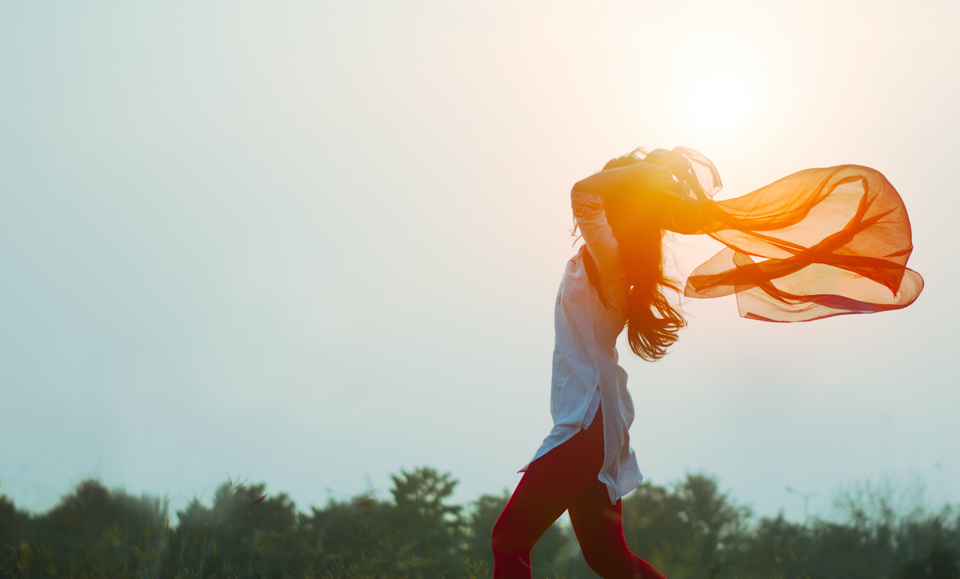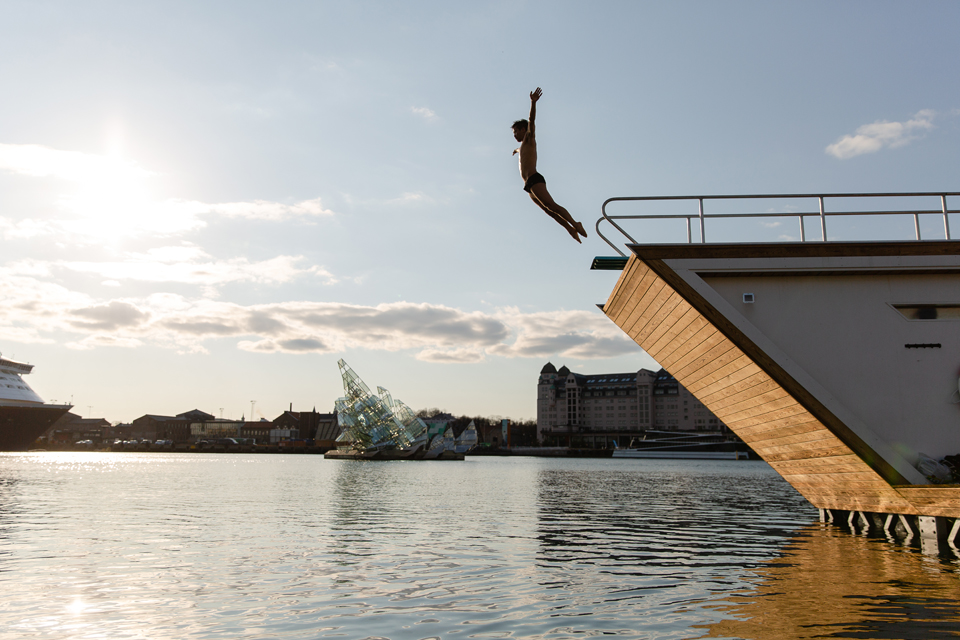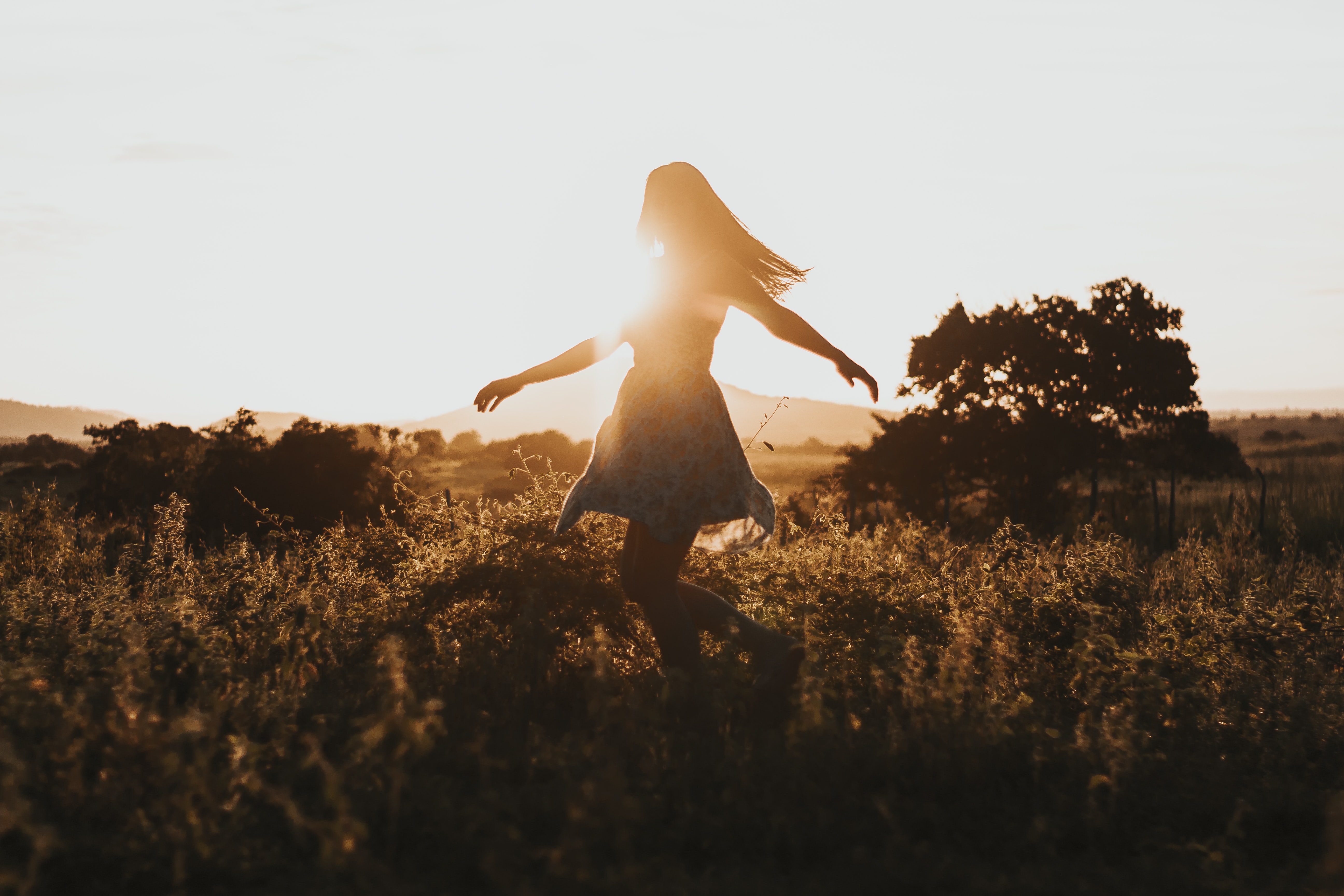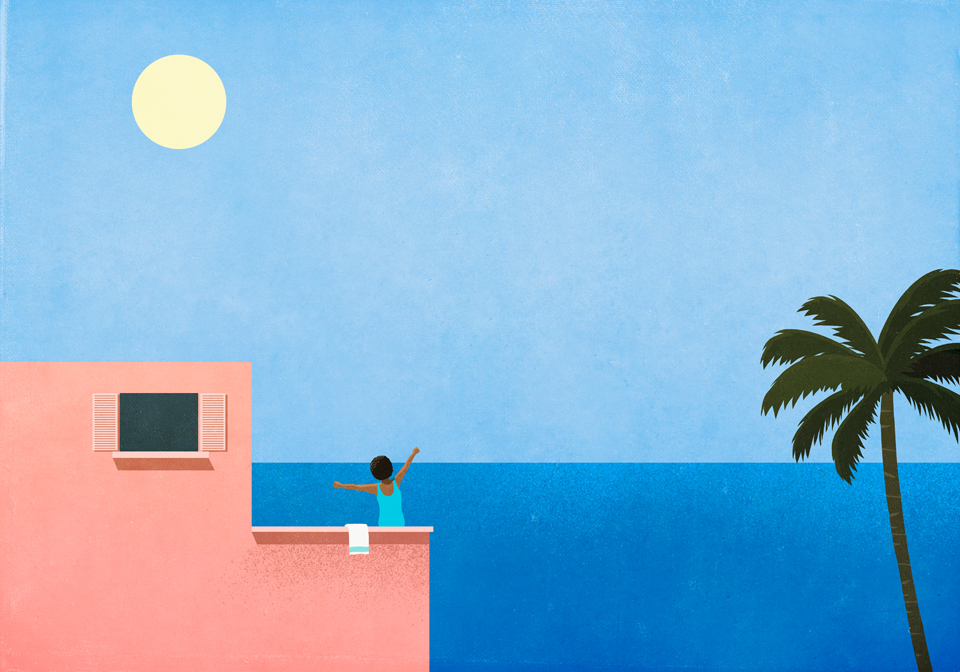Intrinsic to Norwegian culture, friluftsliv is the practice of being in nature with mindfulness, appreciation and care.
What is friluftsliv?
It’s widely known that the Scandinavian countries consistently place in the top ranks when it comes to the World Happiness Report — and Norway is no exception. Part of this happiness comes down to a Norwegian term that is not easy to translate but loosely means “free air life”. Friluftsliv, pronounced free-loofts-leev, refers to an outdoor lifestyle and Norwegians’ love of nature and getting out into the wild. Importantly, the concept also means enjoying nature without disturbing or damaging it — engaging with it with deep respect.
Friluftsliv is integral to Norwegian culture and society. If you don’t like the outdoors, you basically have no business being in Norway! What might be considered a casual weekend activity in other countries is treated as religion in Norway – Norwegians’ passion for outdoor activities and getting back to nature is part of their character. Children are taught from a very young age how to interact with nature, as well as outdoor activities such as skiing and survival skills. But friluftsliv doesn’t mean the same thing to everyone. It can range from an extreme week-long glacier hike or a hardcore skiing expedition, to an easy hike in the forest with a friend or relaxing in an outdoor sauna by a lake.
Norway even has a law for it. The Right to Roam under the Outdoor Recreation Act 1957 states that anyone has permission to roam freely in the outdoors and to camp anywhere, as long as they show respect and care for the environment. In other words, leave things as you found them and don’t cause any damage to nature. This law is based on an ancient right called allemannsretten (everyman’s right).
I hear you say: “But isn’t it too ridiculously cold in Norway for all this outdoor business?” Yes … yes, it mostly is. But in Norway, this excuse won’t fly. Snow, ice, glaciers – what the rest of us might consider deterrents to going outside, Norwegians consider great reasons for going outside! Rather than complaining about the weather or using it as an excuse, it is embraced and appreciated.
What are the health and happiness benefits?
Reduces stress
When you leave the house and head into the outdoors, you are making a step to disconnect from your busy and preoccupied life. It’s a way of escaping whatever it is that might be causing you worry, tension or stress. You get to leave that all behind for a while to focus on yourself and the natural world around you. This helps calm the mind and body and reduce stress levels.
Boosts creativity and productivity
Being out in nature helps to clear the mind and to reset. You give your mind the chance to slow down and think more carefully. Nature can improve your mood and wellbeing through fresh air and this in turn can help boost creativity or productivity at work or at home. Having a bit of a break can help you avoid burnout and get you back to performing at your best.
Helps strengthen relationships
For many Norwegians, friluftsliv is about not just spending time in nature alone, but often as the main social activity with friends and family. Weekend hikes, ski trips and ice-fishing are all ways that people can spend time together in the outdoors, and this helps cultivate relationships and ways to bond together. You’re spending quality time away from the normal stresses you might have at home, like trying to get housework or homework done.
Reduces the risk of illness and disease
Many studies have shown that exposure to nature and the outdoors can help with everything from reducing cardiovascular disease and the risk of type 2 diabetes to lowering blood pressure and overall boosting the immune system.
Builds resilience and character
Being in nature can take you out of your comfort zone and challenge you, particularly for Norwegians who love to engage in extreme outdoor adventures such as ice-climbing, glacier kayaking or even reindeer sledding! By challenging yourself, taking risks and trying something new in what might be tough conditions, you build resilience, courage and mental strength.
Improves sleep and mood
We all know that blissful sleep after a full day out in the fresh air. Nature helps relax us and calm the mind, the first step to getting a good night’s sleep. Exposure to natural light, away from the artificial lighting of our home or office, may help to regulate our body clocks, too.
How can I make friluftsliv part of my daily life at home?
Don’t have majestic fjords on your doorstep? No huskies pulling sleds around your neighbourhood? Don’t worry. You can incorporate the concept of fruliftsliv into your life even if you’re not fortunate enough to live in Norway’s knockout natural surroundings. It’s about getting outdoors and into nature. By the time many of us have made it to the weekend after an exhausting week of work and looking after the kids, we might be tempted to order pizza with a glass of wine and lie on the couch indoors streaming TV. And while this is great every now and then, take a leaf out of the Norwegians’ book and break the habit and get back to nature. Anyone can do it. It’s just a matter of choice.
Swap the gym
If your exercise routine usually involves running on a treadmill at the gym, swap this out for a run outdoors instead. Find a local running track, a nearby park, a forest trail, or even just the streets around your neighbourhood if you don’t have access to nature close by.
Go for a walk
It couldn’t be easier. If you’re not one for extreme adventures or anything too physically demanding, just going for a walk is a low-impact way of getting some physical activity outside. And again, it’s best to find a peaceful spot somewhere in nature, but if you can’t manage that, just make do with what you have. If you were planning on driving to the shops, walk instead. If you usually sit at your desk for lunch, go for a walk after you’ve eaten. If you were going to drive to pick up the kids from school, walk instead and all walk home together.
Have a picnic
Grab a bunch of friends or your family and organise a picnic day at your local park, river, beach or head to a nature reserve or national park. Or it can be as simple as opting to have your lunch outside, instead of sitting indoors with the TV on or glued to your phone. Set up a picnic blanket in your backyard or set and style the outdoor table and invite a bunch of friends over for a long weekend lunch outside. You can get great ideas for table settings from Pinterest, but then leave your phone inside while you picnic.
Watch the sunrise or sunset
If you have a favourite viewpoint in your local area, check what time sunrise or sunset is and schedule time to head to that viewpoint and take in the beauty of nature.
Embrace the weather
Ditch the attitude of “I can’t go for that run now as it’s raining, or cold or windy”, or whatever your excuse is. Make like a Norwegian and embrace it. Rug up, grab an umbrella, pop on your gumboots (wellingtons) and get out there.
Start a new hobby
Find a new hobby that will get you outdoors. If you’re someone who needs more motivation to get going, you might find it’s much easier to try a new hobby in a group setting. Join an outdoor yoga class or a personal training session outdoors. Start bike-riding or nature photography. Find something you enjoy, otherwise it won’t last and you’ll be in on the couch again in no time.
To find out more about being moved and mindful with yourself and nature, please click here




